Jerome Myers

Jerome Myers (1867-1940)
Born in Petersburg, Virginia, Jerome Myers experienced poverty and an unstable family life while growing up in Trenton, Philadelphia, and Baltimore. In 1886 the family moved to New York City, and for the next ten years or so Myers attended night classes at Cooper Union and at the Art Students League; during the day he painted signs, theater scenes, and decorative interiors. Myers's teachers at the League included George deForest Brush, Henry Siddons Mowbray, and Kenyon Cox--all conservative painters who advocated academic techniques and ideal themes. For Myers, however, the study of studio models was tedious and uninteresting, and he often found himself skipping class to sketch the more colorful life of the streets.
After saving money working in the art department of the “New York Tribune”, Myers took an extended trip to Paris in 1896. Although he enjoyed the galleries, museums, and street life, his stay there only endeared him more to New York City. Myers readily identified with the poor and working class immigrants of New York, and he loved the Lower East Side. His canvases portray clean well-behaved children playing in city parks, neighbors gathering in street markets or attending neighborhood fairs and festivals, and families and neighbors gathering on an East River pier for a brief respite from the stifling summer heat. In contrast to the often dark palette of the Ashcan artists, Myers's more colorful and decorative canvases seem to reflect an awareness of the French Nabis painters, especially Pierre Bonnard and Edouard Vuillard, and the cheerful street scenes of Maurice Prendergast.
In 1908 Myers had his first one-man show, at Macbeth Gallery. Despite sharing themes and attitudes with Robert Henri and his followers, Myers was inexplicably not included in the groundbreaking exhibition of The Eight at Macbeth that year. Yet in the early teens Myers participated in several influential art groups, most notably the Association of American Painters, the initial organizers of the highly influential 1913 Armory Show. In 1929 he was elected an associate of the National Academy of Design, and in 1940, shortly before his death, he published “Artist in Manhattan”, an illustrated memoir that remains the most thorough exploration of his career to date.
“Boulevard Market, Paris” (Boulevard Market, Paris Market), 1919
Oil on canvas, 25 1/4 x 30 1/4 in. (61.1 x 76.8 cm)
Signed and dated (lower right): 1919 / JEROME MYERS
Harriet Russell Stanley Fund (1945.12)
By the teens Myers had developed a reputation for his scenes of Manhattan's Lower East Side. At the suggestion of Roger Fry, the British artist, critic, and Metropolitan Museum of Art curator, he decided to explore London and Paris. Myers sailed abroad during the summer of 1914 with his wife and daughter. The trip was cut short by the outbreak of World War I, but before embarking for home Myers spent several happy months sketching in the Latin quarter of Paris.
In “Artist in Manhattan”, Myers tells of the picturesque sites that attracted him--the cathedral of Nôtre Dame, the music halls, the Louvre, the old medieval streets. What attracted him most, however, were the local markets. "I found myself at Les Halles, the Paris market, where--like a homing pigeon--I was again with my market people. It was a French version of the East Side, in a more romantic setup, with the people just as picturesque, although more homogeneous. The early mornings found me at work at the Paris market, under an arch which, I believe, was part of the original wall of Paris. Quaint casements with fastidious flowers, and a mother feeding a child not so fastidious. Underneath, the inevitable flower shop, its massed roses perfuming the air."(1)
Executed five years after his trip to Paris, “Boulevard Market, Paris” is one of a series of paintings closely based on Myers's Parisian sketches. It retains many of the details of pose, costume, and character types found in his 1914 pencil sketch of the scene (whereabouts unknown).(2) The drawing and painting capture the color and vitality of a bustling outdoor market, with vendors proffering arrays of crockery, flowers, vegetables, and other wares on makeshift tables. A variety of people, including little children, gendarmes, and women of all classes purchase household goods and visit with friends and neighbors. The painting's colorful pastel palette and decorative patterning, strongly reminiscent of those of Bonnard and Vuillard, are well suited to the friendly congenial atmosphere and sunny springtime air of the old scene.
MAS
Bibliography:
Jerome Myers, “Artist in Manhattan” (New York: American Artists Group, 1940); Harry Wickey, “Jerome Myers Memorial Exhibition”, exhib. cat. (New York: Whitney Museum of American Art, 1941); Mrs. Jerome Myers, “A Memorial Exhibition of the Work of Jerome Myers”, Virginia-Born Master, exhib. cat. (Richmond: Virginia Museum of Fine Arts, 1942); “Jerome Myers”, 1867-1967, exhib. cat. (Wilmington: Delaware Art Museum, 1967); Grant Holcomb, "Forgotten Legacy of Jerome Myers (1867-1940): Painter of New York's Lower East Side," “American Art Journal” 9 (May 1977): 78-91.
NOTES:
1 . Myers, Artist in Manhattan, p. 184.
2. Ibid., p. 176.
Notes:

